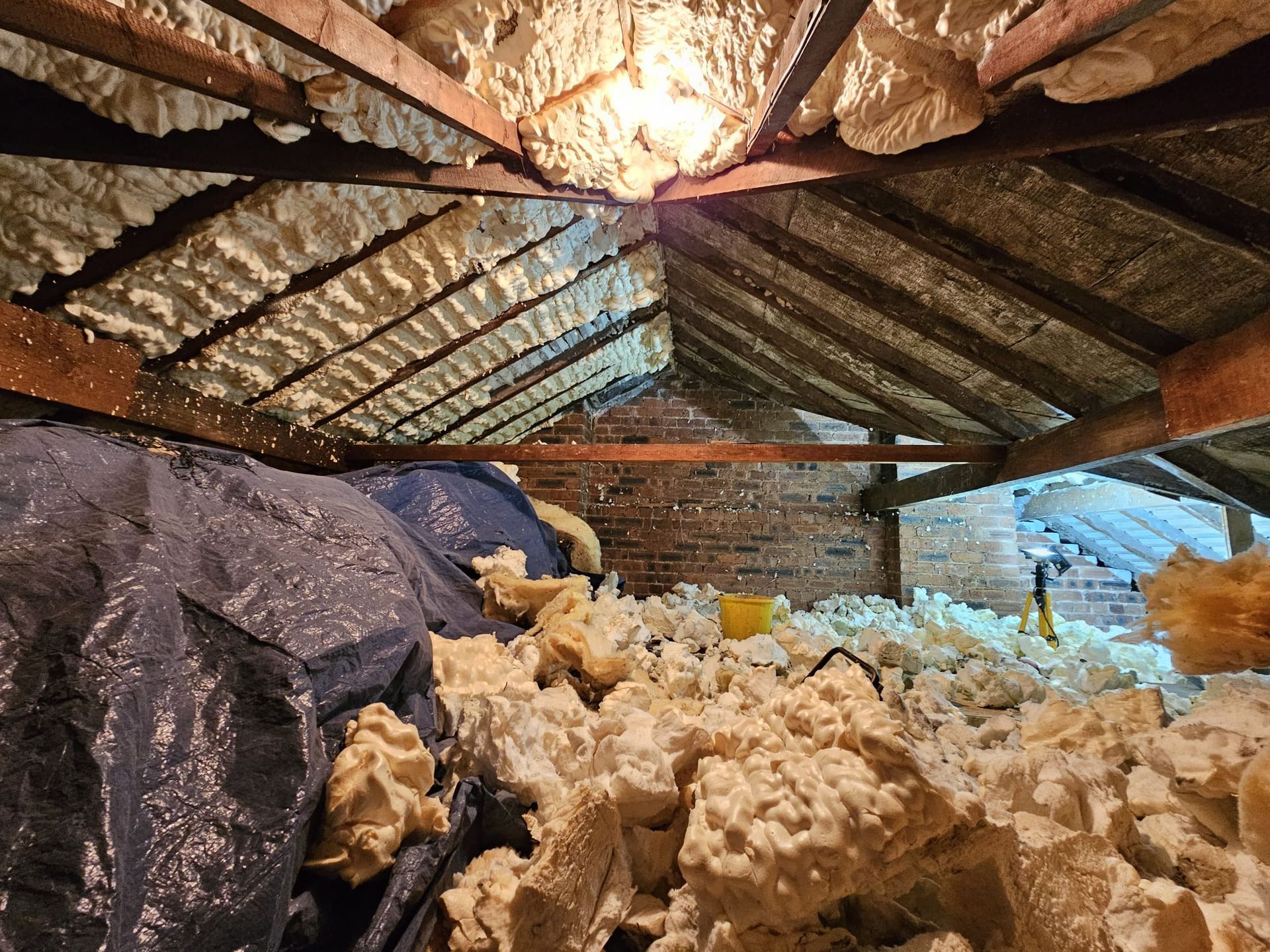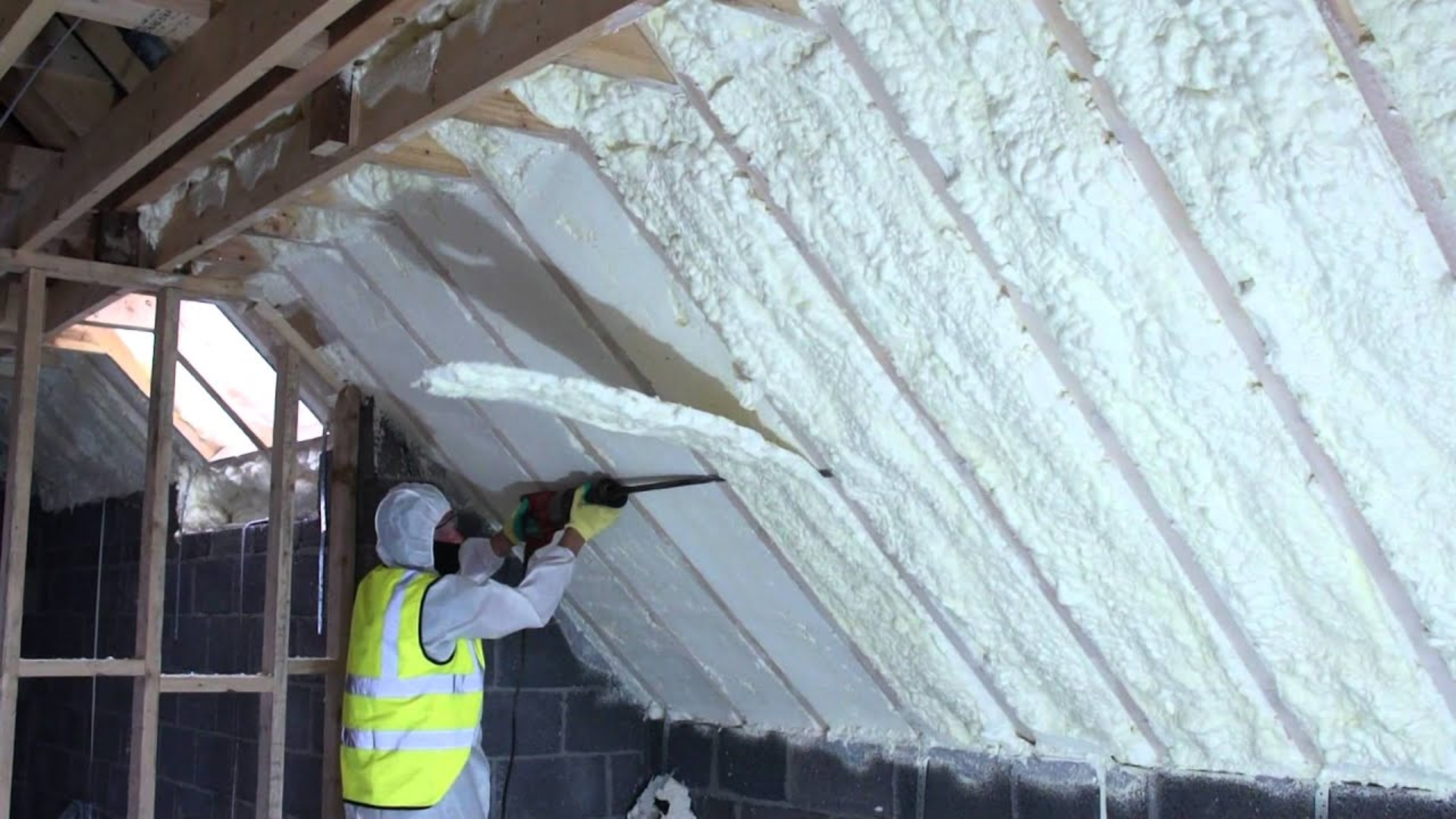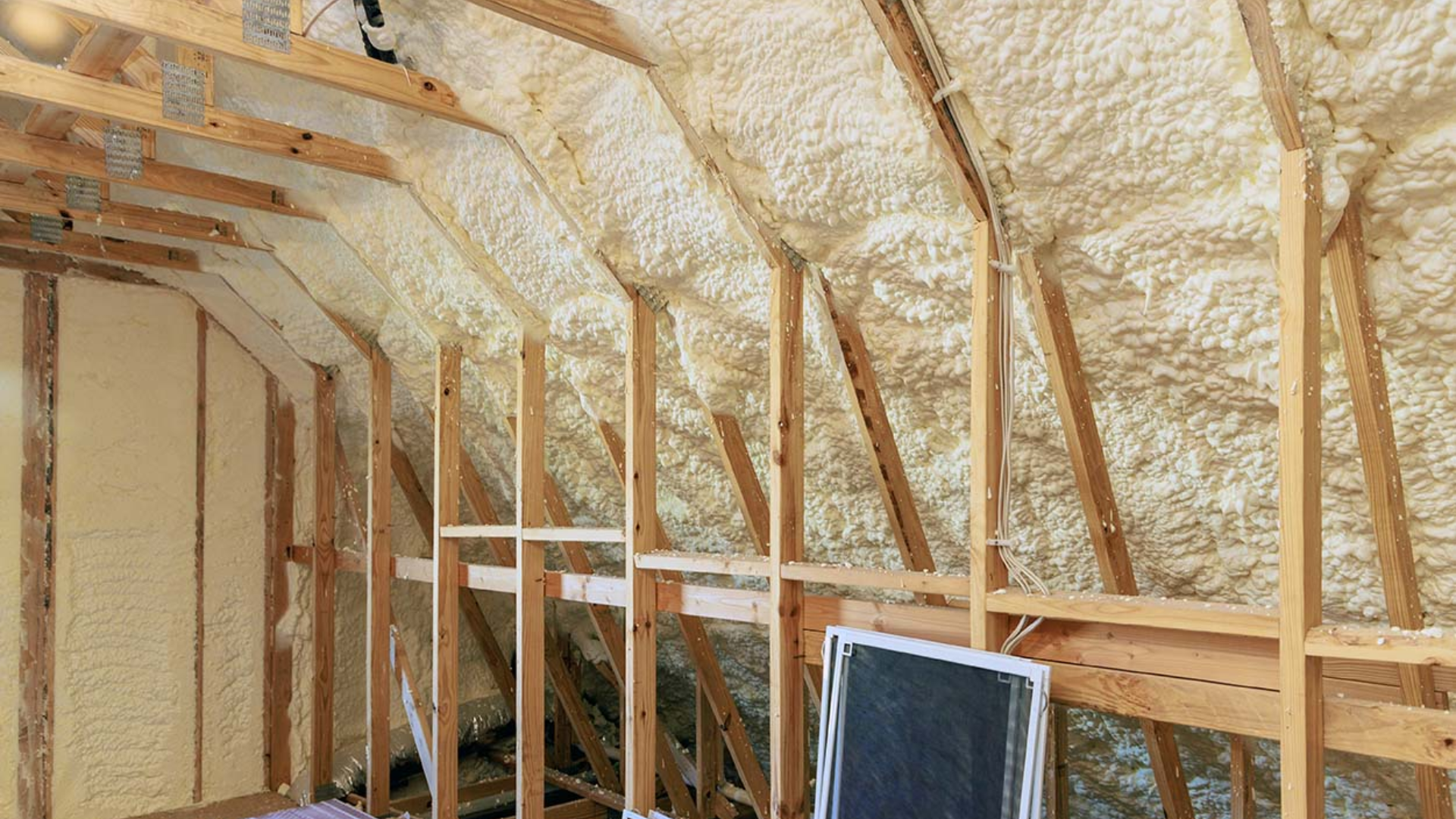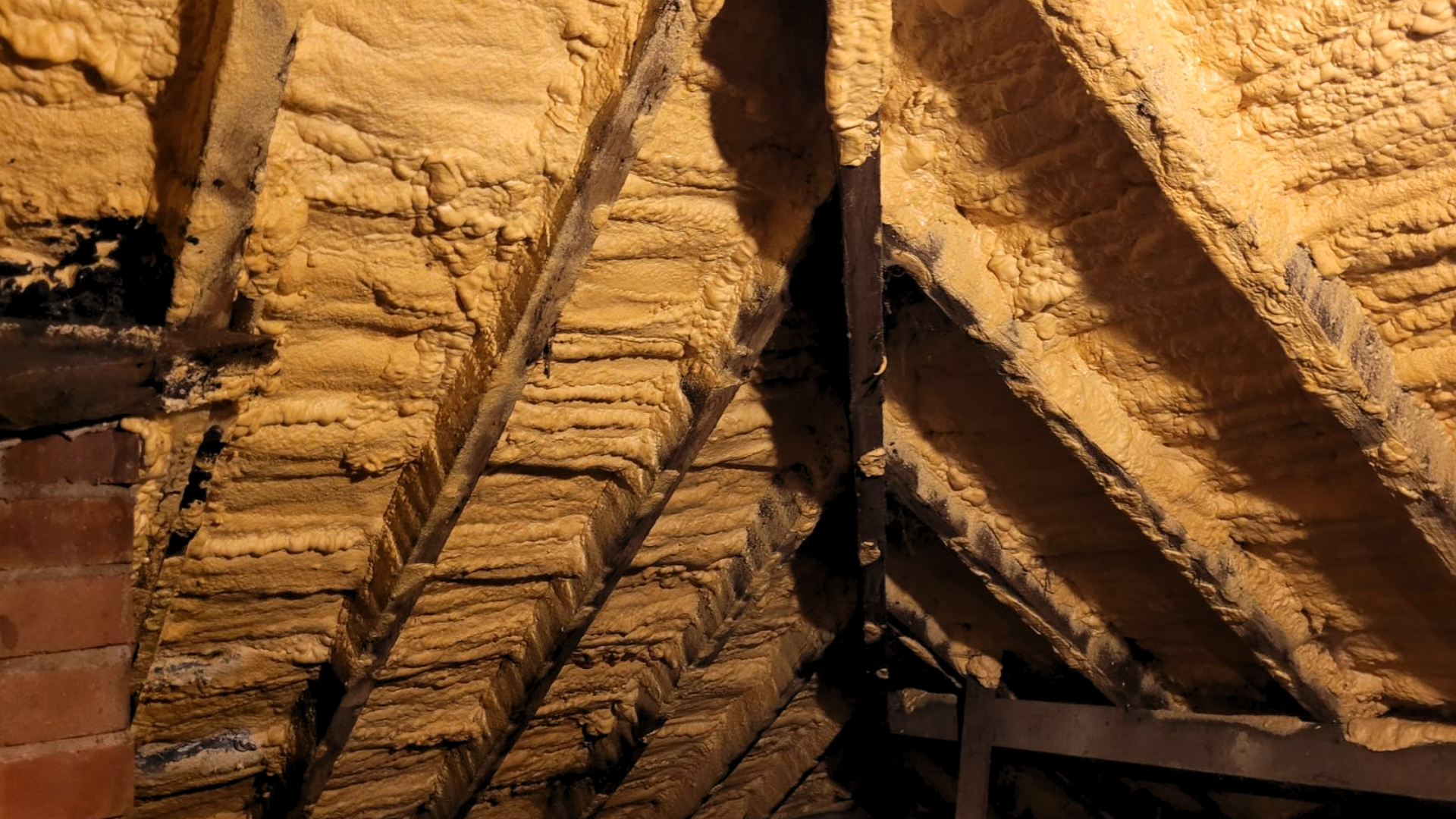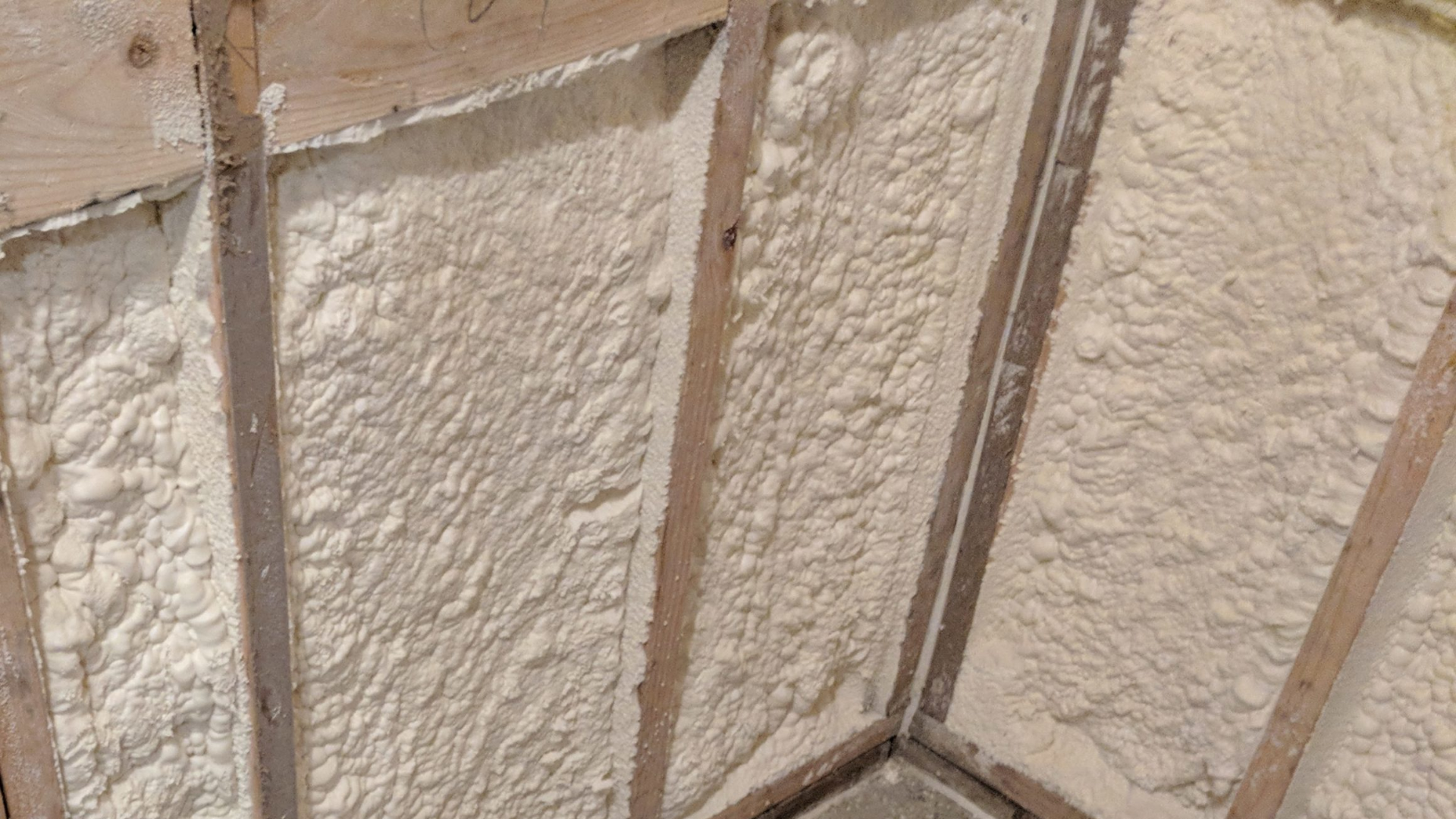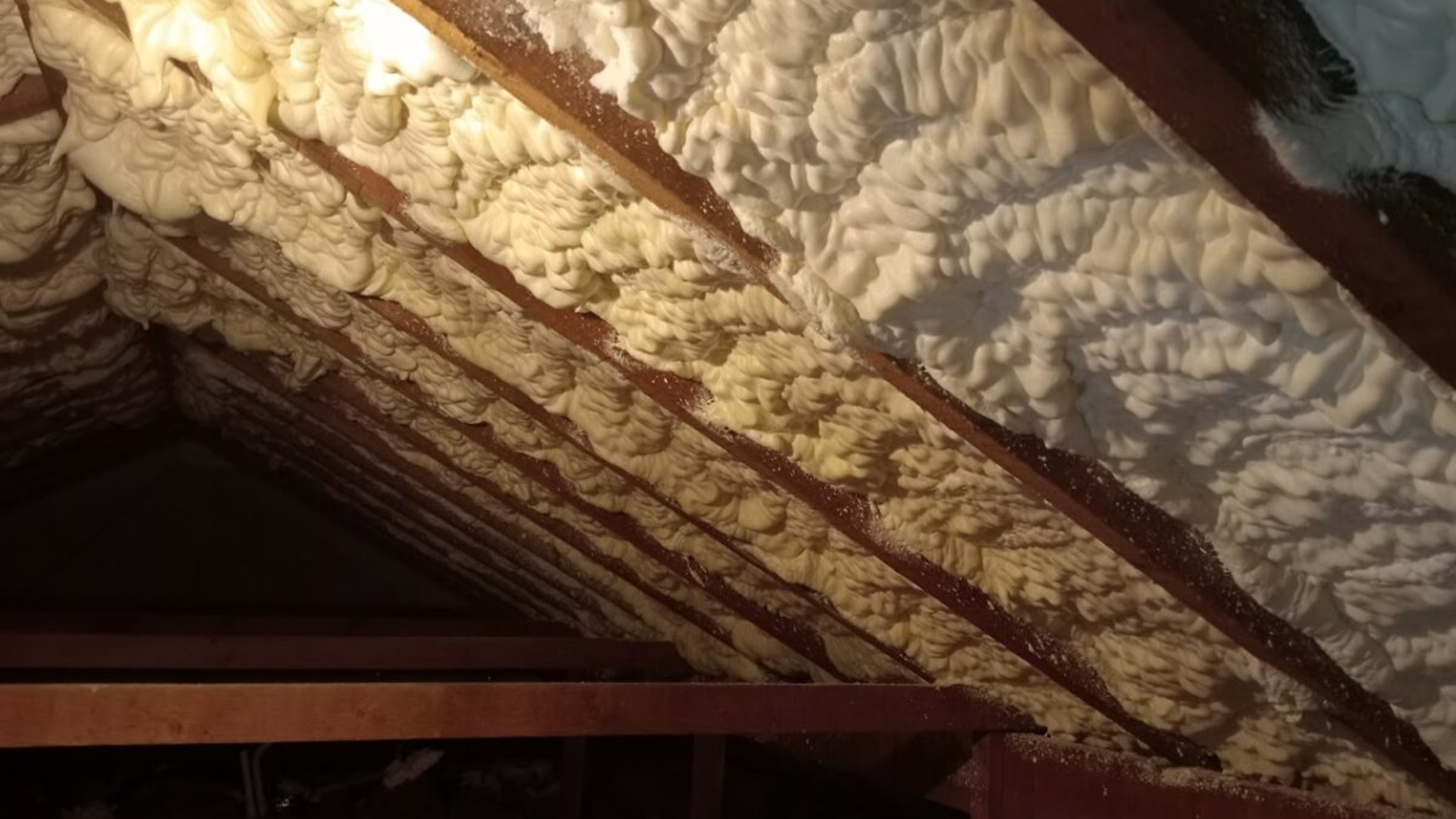Inside Scoop: The Truth About Spray Foam Insulation Hazards
Hazards of using spray foam insulation
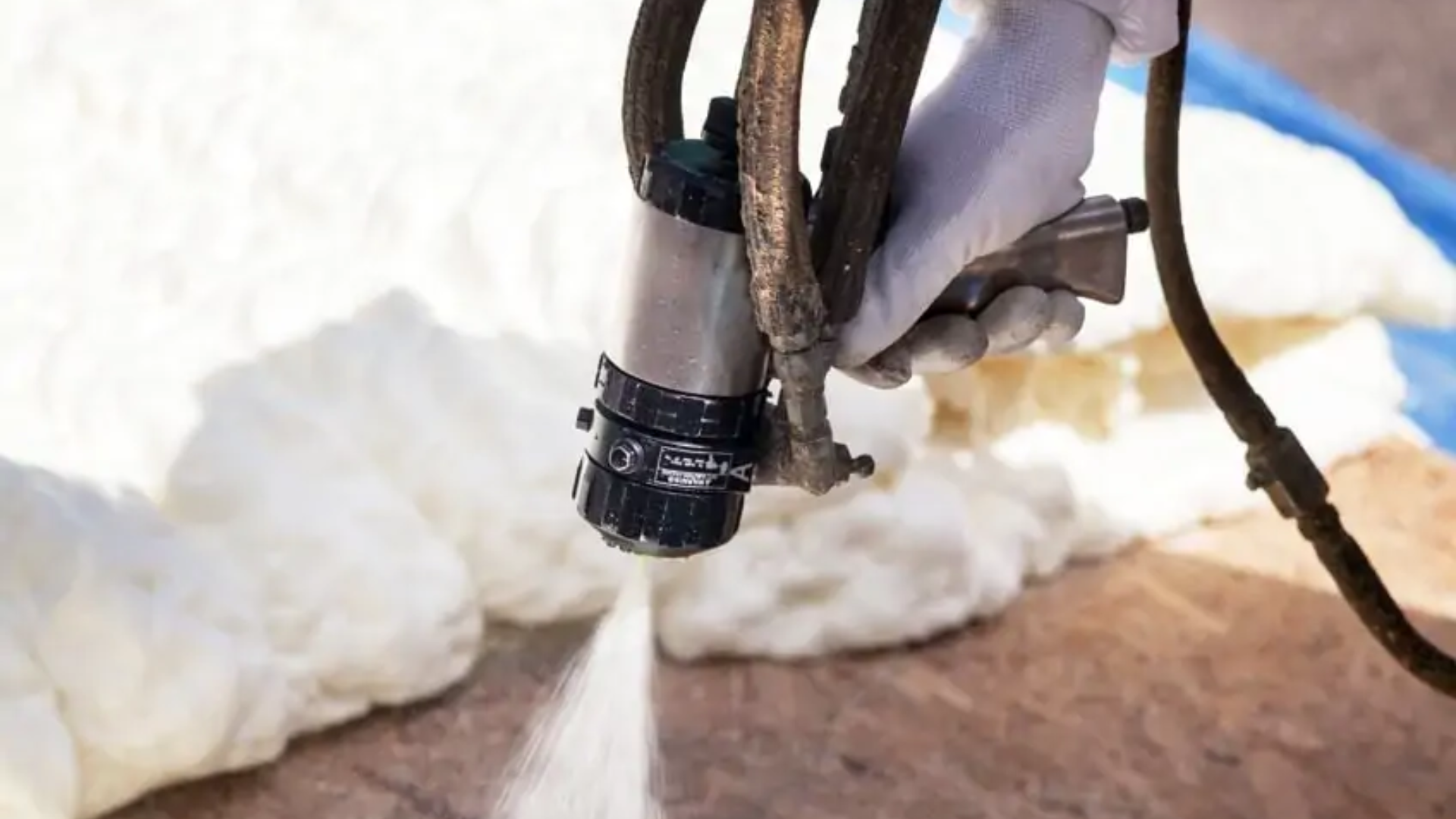
Welcome to Lofteaze, your trusted partner in insulation solutions. In this article, we delve deep into the world of spray foam insulation and uncover the hazards associated with its use. At Lofteaze, we believe in transparency, and that's why we're here to provide you with essential information about the potential risks involved when opting for spray foam insulation.
Understanding the Hazards
Health Hazards
Spray foam insulation, often praised for its exceptional thermal properties, does come with its fair share of health hazards. These hazards can range from mild irritations to more severe health concerns. Let's explore these risks.
Respiratory Issues and Allergies
One common hazard of using spray foam insulation is the risk of respiratory problems. The chemicals used in some spray foam products can release harmful vapours during installation. These vapours may lead to:
- Respiratory irritations: Exposure to these vapours can cause throat and lung irritations, leading to coughing and shortness of breath.
- Allergies: Some individuals may develop allergies to certain chemicals in spray foam insulation, resulting in symptoms like sneezing, runny nose, and skin rashes.
Personal Anecdote: Jane, a homeowner from Southampton, shared her experience with us. After installing spray foam insulation in her attic, she noticed persistent coughing and throat discomfort. Upon consulting her doctor, she learned that her symptoms were likely linked to the insulation. This personal anecdote underscores the importance of being aware of potential health hazards.
Skin Irritations and Sensitisation
Another concern related to spray foam insulation is skin irritations and sensitization. The chemicals in some insulation products can be abrasive to the skin, leading to:
- Skin rashes: Contact with these chemicals can cause redness, itching, and rashes on the skin.
- Sensitisation: Prolonged exposure to these chemicals may lead to skin sensitisation, making individuals more prone to allergic reactions upon subsequent contact.
Off-Gassing of Chemicals
Off-gassing refers to the release of volatile organic compounds (VOCs) from insulation materials over time. Some spray foam products can emit VOCs, which can have adverse effects on indoor air quality. Common symptoms of exposure to VOCs include headaches, nausea, and eye irritation.
How Lofteaze Prioritises Safety and Mitigates Health Risks
At Lofteaze, we understand the importance of safety. To mitigate the health hazards associated with spray foam insulation, we take the following measures:
- Use of certified, low-toxicity products: We carefully select insulation materials that meet the highest safety standards, ensuring minimal health risks to our clients.
- Trained professionals for installation: Our team comprises trained experts who are well-versed in the proper installation techniques, reducing the likelihood of exposure to harmful substances during the installation process.
Environmental Concerns
Aside from health hazards, there are also environmental concerns associated with the use of spray foam insulation.
Chemical Waste During Production
The production of spray foam insulation involves the use of chemicals, some of which can be harmful to the environment. The manufacturing process can generate chemical waste that may have long-term consequences on ecosystems.
Landfill Issues
Additionally, the disposal of old or damaged spray foam insulation can pose challenges. Unlike some other insulation materials that can be recycled, many foam insulations end up in landfills, contributing to environmental issues.
Lofteaze's Commitment to Eco-Friendly Insulation Alternatives
We are committed to eco-conscious insulation solutions. To address these environmental concerns, we have adopted the following practices:
- Sustainable insulation materials: Lofteaze offers a range of insulation materials that are eco-friendly and sustainable, reducing the environmental impact of insulation projects.
- Recycling initiatives: We actively promote recycling and proper disposal methods for insulation materials, ensuring they have a minimal impact on the environment.
Fire Hazards and Safety Precautions
Highlighting Fire Safety Concerns
Another important aspect to consider is the fire hazards associated with certain types of spray foam insulation. While spray foam insulation can enhance fire resistance in some cases, others may pose a risk due to their flammability.
Lofteaze's Safety Measures
At Lofteaze, safety is paramount. To address fire hazards and ensure the safety of our clients, we take the following precautions:
- Fire-resistant insulation options: We offer insulation products with enhanced fire-resistant properties, providing peace of mind for homeowners concerned about fire safety.
- Compliance with safety standards: Our installations adhere to the highest safety standards and local building codes, ensuring that your insulation project is completed safely and within regulatory guidelines.
Choosing the Right Insulation
In light of the hazards associated with spray foam insulation, it's crucial to explore alternative insulation options. Lofteaze offers a wide range of insulation solutions, prioritising safety, performance, and environmental sustainability. We believe that choosing the right insulation is not just about comfort but also about protecting your health and the environment.
Conclusion
In this comprehensive guide, we've unveiled the truth about the hazards of using spray foam insulation. At Lofteaze, we're dedicated to providing you with safe and environmentally responsible insulation solutions. Your health, safety, and well-being are our top priorities.
To learn more about
removing spray foam insulation from your home or to schedule a consultation with our experts, please visit our
contact page today. Make an informed choice and let Lofteaze be your partner in creating a comfortable, safe, and eco-friendly living space.
Book an appointment


